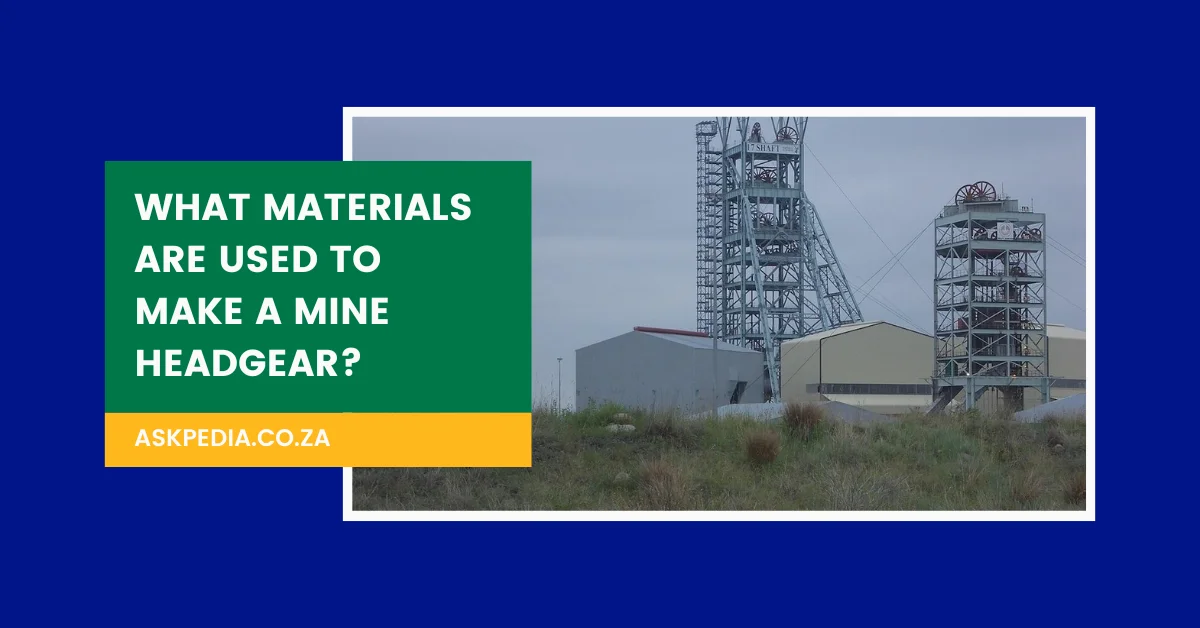In the demanding and hazardous environment of mines, the importance of proper safety equipment cannot be overstated. Among the critical gear that miners rely on is the mine headgear, a protective helmet designed to shield workers from potential head injuries caused by falling debris, low-hanging obstacles, or other dangers present in underground mining operations.
The Evolution of Mining Headgear
The history of mining headgear dates back to the early days of the industry when miners would wear simple hats or caps made of materials like leather or canvas. However, as mining practices advanced and the need for better protection became evident, the design and materials used in the construction of these helmets evolved significantly.
Materials Used in Mining Headgear Manufacturing
Modern mining headgear is a sophisticated piece of equipment, carefully engineered to provide optimal protection while ensuring comfort and durability. The materials used in their construction play a crucial role in determining their effectiveness and longevity. Here are some of the primary materials employed in the manufacture of mining headgear:
- Thermoplastic Materials Thermoplastic materials, such as high-density polyethylene (HDPE) and polycarbonate, are widely used in the construction of the outer shell of mining helmets. These materials offer excellent impact resistance, helping to absorb and dissipate the force of falling objects or debris. Additionally, they are lightweight, durable, and resistant to chemicals and extreme temperatures.
- Suspension Systems The suspension system inside the helmet is designed to distribute the impact force evenly across the head and provide a comfortable fit. Materials like nylon and polyester are commonly used for the webbing and straps, ensuring flexibility and durability.
- Reflective Materials To enhance visibility in low-light conditions, mining headgear often incorporates reflective materials like retroreflective tapes or coatings. These materials help miners stand out, reducing the risk of accidents caused by poor visibility.
- Padding and Cushioning Comfort is a critical factor in mining headgear design, as miners may need to wear these helmets for extended periods. Materials like foam and breathable fabrics are used for padding and cushioning, ensuring a snug yet comfortable fit while also absorbing sweat and moisture.
- Accessories and Attachments Depending on the specific mining environment and job requirements, mining headgear may incorporate additional accessories and attachments. These can include headlamps, communication devices, or even respiratory protection systems. The materials used for these components vary widely and are chosen based on their specific functions and durability requirements.
Rigorous Testing and Certification
Before being approved for use in mining operations, mining headgear must undergo rigorous testing and certification processes. These tests ensure that the helmets meet strict safety standards and can withstand the harsh conditions encountered in mines. The materials used in their construction play a crucial role in determining their performance during these tests, which may include impact resistance, penetration resistance, and flame resistance tests.
Prioritizing Worker Safety and Comfort
Ultimately, the selection of materials for mining headgear is driven by the paramount goal of ensuring worker safety and comfort. Manufacturers carefully consider the unique challenges and hazards faced by miners, balancing protection with wearability and ease of use. By leveraging advanced materials and incorporating feedback from miners themselves, the industry continues to innovate and improve the design of these essential safety helmets.
Conclusion
In the high-stakes world of mining, the choice of materials used in the construction of mining headgear is of utmost importance. From thermoplastic outer shells to reflective materials and comfortable padding, each component plays a vital role in protecting miners from potential dangers. By adhering to strict safety standards and prioritizing worker well-being, the mining industry continues to evolve and refine the materials and design of these critical safety helmets, ensuring that miners can perform their jobs with confidence and peace of mind.
